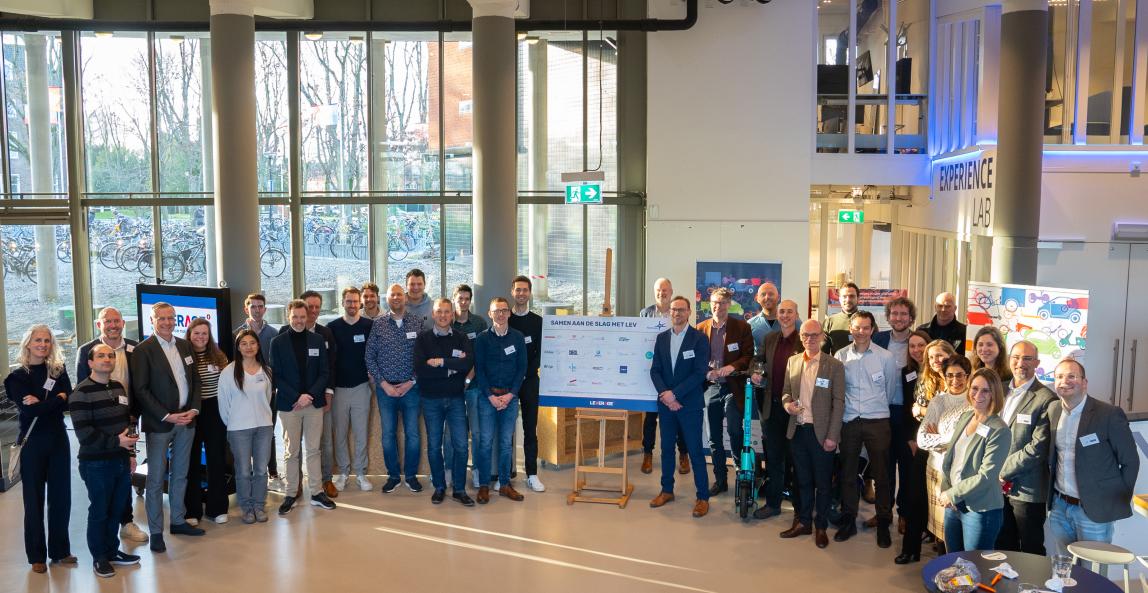
The sustainable mobility transition in the Netherlands calls for LEVs
02/28/2024 - 13:18
More and more Light Electric Vehicles (LEVs) are making their way into the streets these days. These include e-scooters, e-steps, e-bikes and microcars. These vehicles offer opportunities for more sustainable mobility: they are virtually emission-free and require less (parking) space.